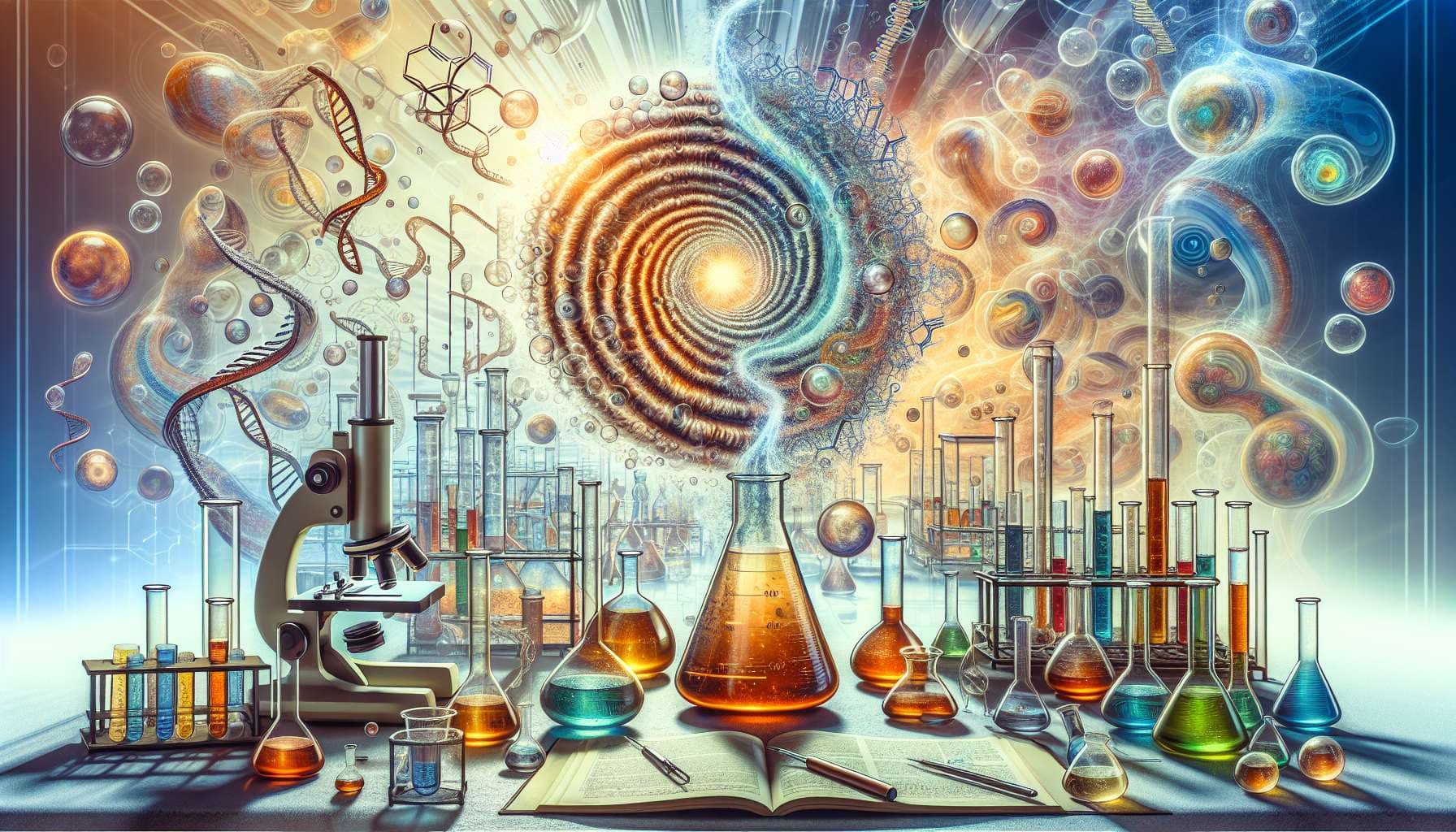
In 1952 the Miller–Urey experiment has shown that simple amino acids can be produced in a natural environment of primordial Earth. However so far none of the experiments with a similar setup has resulted in the emergence of any forms of life.
This question will be resolved to YES when any research lab will demonstrate an emergence of any kind of self-replicating (proto-)organisms capable of evolution. This has to happen in an environment that can appear naturally somewhere in the known Universe. The environment could be dynamic (for example through simulated day-night cycle or cyclic geyser discharges).
The results have to be published as a peer-reviewed article. Alternatively they could be published as a preprint, publicized by the media and not refuted in the next month after the publication.
I will not bet on this market.
People are also trading
any kind of self-replicating (proto-)organisms capable of evolution
The simpliest entity capable of evolution would be a self replicating molecule like dna or rna. Cell walls and organelles were likely an adaptation of those molecules-synthesisers. But molecule is not an organism. Organism is a very complex structure, which likely will not be synthesised for like couple hundred years. Even if replicating molecules are synthesised, it will be a lond and tedious process to direct their evolution into forming cells.
The question is: will a self-replicating molecule capable of mutation resolve this market YES?
@KongoLandwalker A single polymer molecule without other structures would resolve this to YES, as long as:
It can copy itself under the right conditions, with some small probability of mutations.
The structure of the molecule affects its fitness, so that it could undergo natural selection.
I.e. if it's just a random sequence of some bases that can copy itself, but the specific bases don't have any effect on anything, it won't quite cut it.
@OlegEterevsky evolution IS just random sequence of changes, the fitness comes as a derivative of luck. The only way point 2 could not be satisfied is if the molecule was created undestructable. As far as i know it is impossible, thus point 2 unnecesssary.
Even if the molecule would be from carbon "tetra" structure (survivability like a diamond), scientists could just put it into extreme environment to "force" that only some of them with luckier structure survive.
The structure ALWAYS affects survivability.
@KongoLandwalker point 1 already has both criterias for evolution: self reproduction and mutation. If you add new criterias you break the definition, like saying "all humans must have nose to be considered humans".
@KongoLandwalker "Capable of evolution" implies that the molecule/proto-organism has to be subject to natural selection. And for natural selection different variants have to have different fitness, so I don't see this as an additional condition on top of the original criteria, just as a clarification.
That said, I kind of agree that it is very unlikely that fitness will be unaffected by the structure. But I wanted to exclude some the cases when some inorganic molecule happens to catalyze producing more of itself, but doesn't actually look like it could kick-start life.